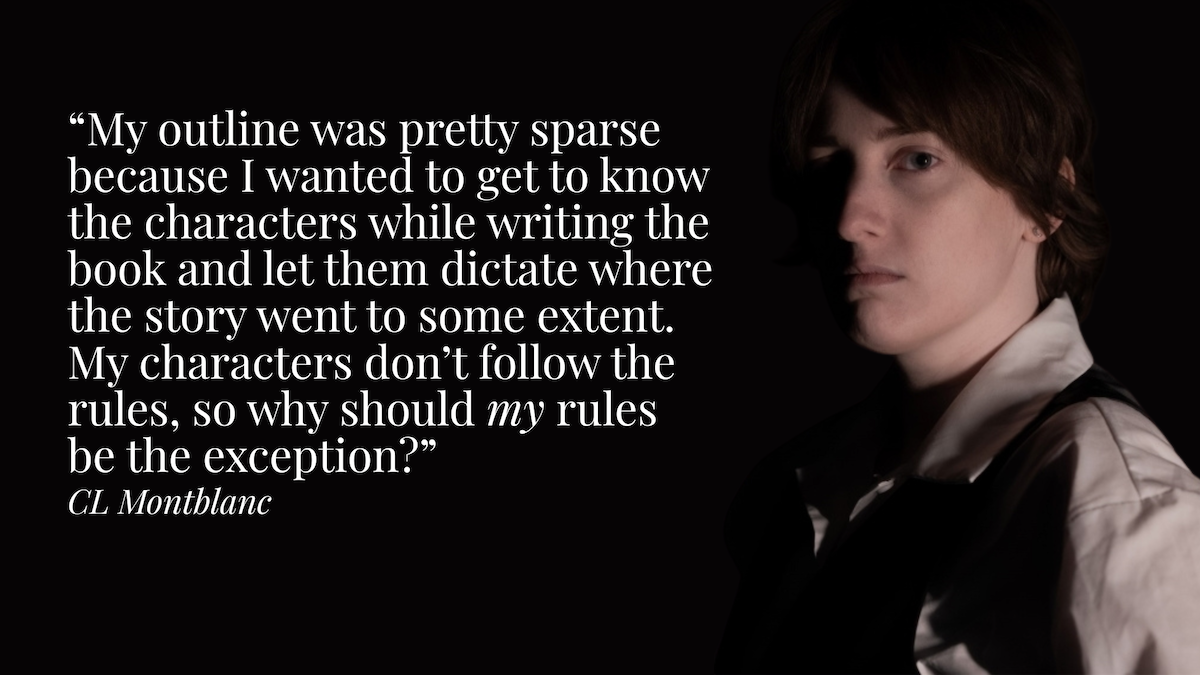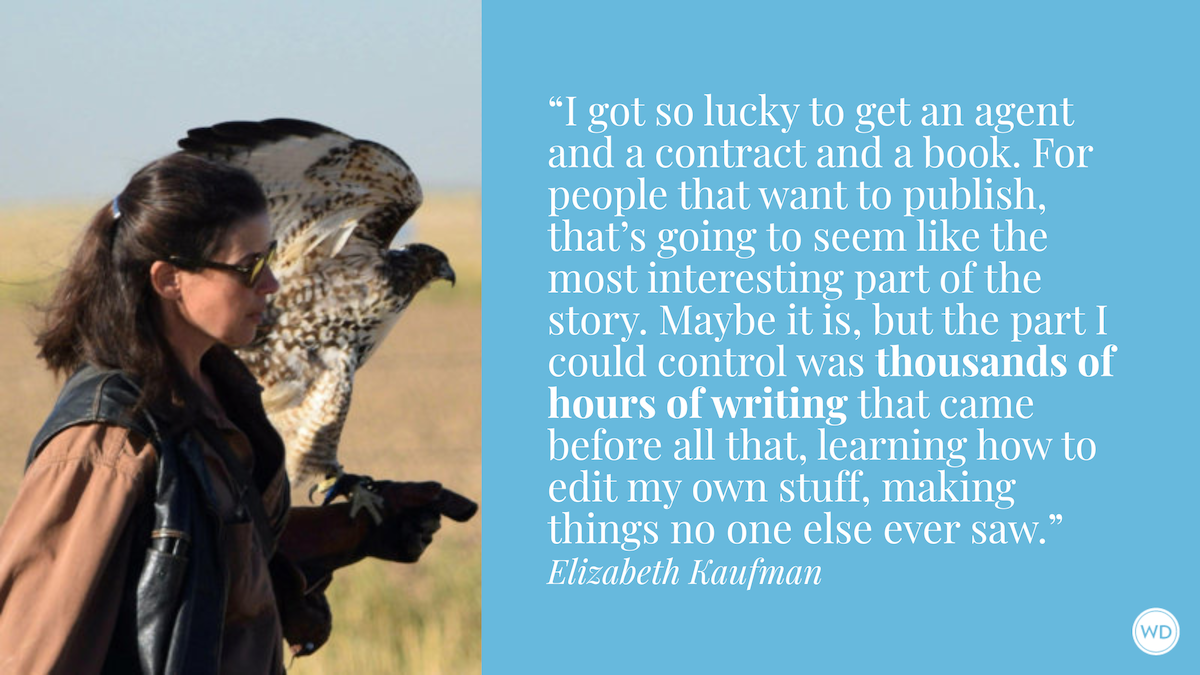The New Greek Mythology and Writing Retellings
Author Annie Sullivan delivers expert advice on how writers should handle making myth new and intriguing for readers.
Every author faces a myriad of questions when deciding to write a retelling of an existing myth or story. How close to the original will the new story be? Will you focus on the same characters? And perhaps most importantly, how will you make the myth new and intriguing for readers?
It’s that last question that takes on such a major role because you typically never want your story to feel exactly like the original because then there’s nothing new for your readers to discover, to keep them reading and guessing. And while there are a variety of ways to update a story—from changing the main point of view character, turning a character into a villain, or changing the setting, time period, or genre—there are also ways you can take well-known characters to new heights by simply digging deep into a character and the story itself to discover hidden ways to create new stories and mythologies that still feel true to the original.
First, start by reading every version of the myth/story/character you can find. Discover what I call the “rules” for that character, meaning what are their typical personality traits, what’s their motivation, what are their common accessories/clothes, who are their sidekicks, etc. In essence, find out what makes them who they are. Then, once you know the “rules,” you can break them, and that’s where your imagination comes in. Examine all the things you researched and find the traits or elements that aren’t given as much time in the spotlight. How can you amp those up? How can you combine them into something new? How can you use that to twist their motivation? How can that change their personality?
For example, in my new young adult fantasy novel, A Curse of Gold, which is a sequel to A Touch of Gold and follows the teenage daughter of King Midas as she fights sirens, sea monsters, and gods to end the curse over her and her father, I started to play with the Greek gods. As in the original myth, in my story, the god Dionysius is the one who gives King Midas the power to turn things to gold. However, after doing a great deal of research into Dionysius, he’s sometimes casually mentioned as a god of chaos and a bit of a trickster. So in my novel, I played that up to the extreme, having him trick individuals into giving them powers that will wreak chaos on the world as they lose control—thereby serving his motivation as a character. He’s also often depicted as hanging out with satyrs. Yet mine are not kind creatures bringing him wine. No, they’re more like large, evil minotaur-type beasts that destroy and attack anything he tells them to.
IndieBound | B&N | Books a Million | Amazon
[WD uses affiliate links.]
Another example is Triton, the son of Poseidon. In my new version of Greek mythology, Triton is accused of creating siren-like creatures called The Temptress of Triton. These are women who were once human but who fell in love with Triton. However, when Triton was finished with them, he didn’t want anyone else to have them, so he turned them into Temptresses—with bodies made of water and a desire to drown all men because of their hatred for what Triton did to them. It was all about combining these characters related to water in a new way. I took parts that were already familiar to readers and combined them, linked them, and twisted them into something new.
And in A Curse of Gold, I take it a step further as my characters land on an island inhabited by gorgons—like the famed Medusa. While Medusa is typically one of three gorgons in Greek mythology, I wanted to change that. And that started by figuring out how I could get more gorgons if Medusa was the only one. So in my story, new gorgons are born when the original gorgon dies and the snakes on their head pull free—later growing into adult gorgons. In this way, gorgons could spread nearly anywhere—and just when you think you’ve killed one, you’ve actually just created more (like the hydra when you cut off its head!). Thus, the first new gorgons originated when Medusa’s head was severed, so again, it became about drawing on the other Greek myths to create a new, intriguing, and understandable mythology that still feels like it aligns with the familiar stories.
And the best part of all those examples and in writing retellings is that you don’t have to do all the work yourself when it comes to altering a story. You can—and should—take advantage of the name recognition that comes with using known characters, creatures, and stories. If readers already come to the table knowing who a character is or how a plot goes, you can use that to twist their expectations. Take what they know and then alter a small bit, and in that way, the old will feel new again—and you can create new stories, myths, and legends that will delight a new generation of readers.
Annie Sullivan is a Young Adult author from Indianapolis, Indiana. Her work has been featured in Curly Red Stories and Punchnels. She received her Master’s degree in Creative Writing from Butler University. She loves fairytales, everything Jane Austen, and traveling. Her wanderlust has taken her to every continent, where she’s walked on the Great Wall of China, found four-leaf clovers in Ireland, waddled with penguins in Antarctica, and cage dived with great white sharks in South Africa. Learn more at: AnnieSullivanAuthor.com








